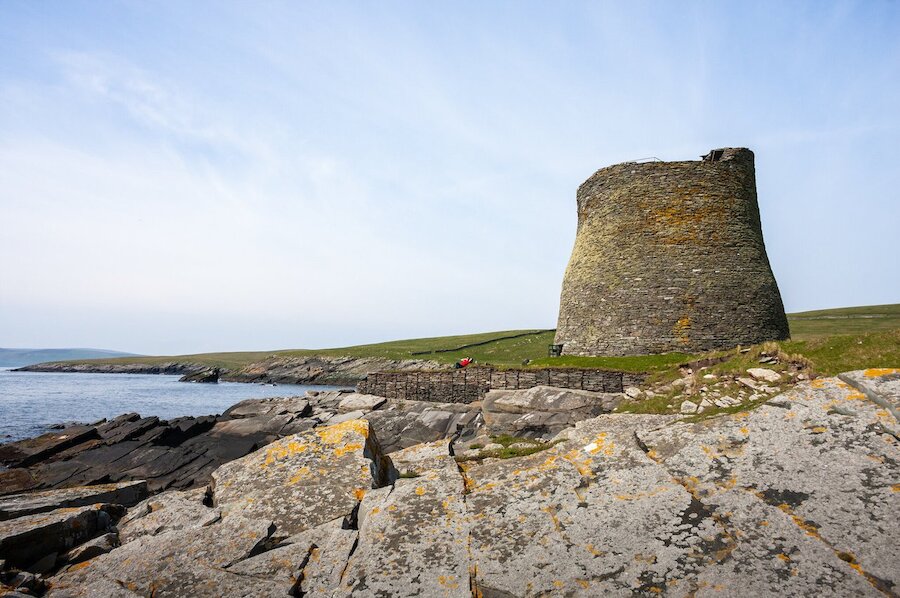Over 7,000 years of Shetland’s rich archaeological and social history is under the microscope with a new course at Shetland UHI; The History of Shetland in 100 Sites.
The brainchild of archaeologist Dr Simon Clarke, the course charts the history of human occupation in Shetland by examining historic sites, from a Mesolithic shell midden in West Voe to a still-operational RAF radar station on Unst, and 98 others in between.
Shetland UHI is running the course and it’s an SCQF 6 qualification – the same level as a National Certificate. Dr Clarke says that the course has already attracted a lot of interest from professionals in the local tourist industry, thanks to its focus on sites from across Shetland’s history, but would be perfect for any history fan.

